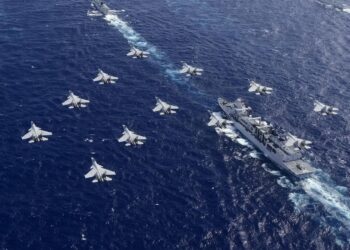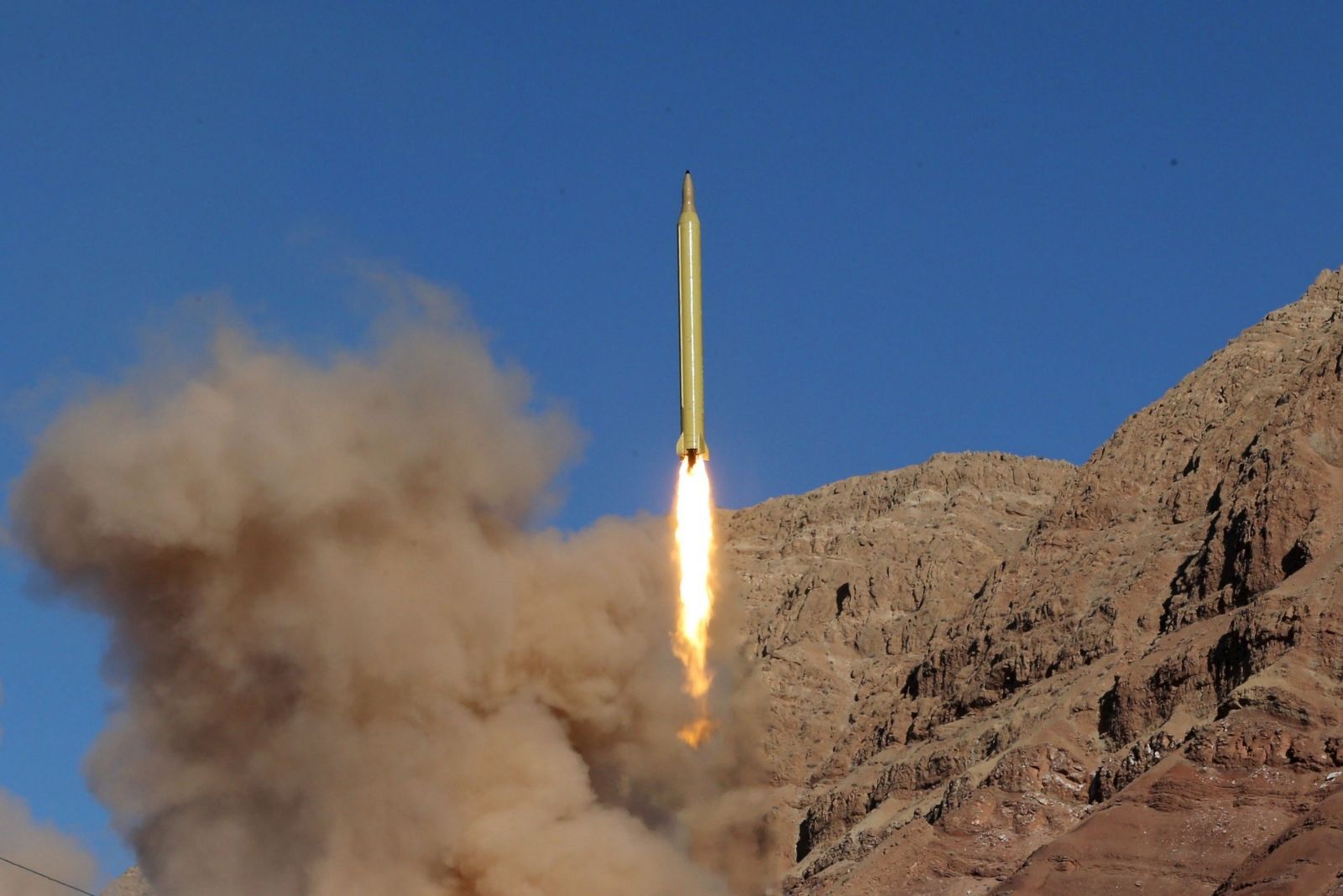Forecast International,
NEWTOWN: Despite the sharp decline in oil prices from highs of $150 per barrel in July 2008 down to less than $40 per barrel in the first weeks of 2009, the Middle East will continue as a strong area of opportunity for defense producers.
Though the worldwide economic and financial downturn is likely to affect military expenditures in some of the smaller, poorer regional states, the market will be sustained by the buying strength of Saudi Arabia, Israel, the United Arab Emirates (UAE) and Iraq. According to a Middle East military market analysis by Forecast International, these four countries will collectively spend nearly $70 billion on defense in 2009.
“Regional dynamics continue to be one driving force in the market, with internal security concerns serving as another,” says Forecast’s Middle East analyst Dan Darling. “The Gulf Cooperation Council (GCC) states remain strong defense investors due to worries over Iran. Iran and Syria remain focused on building up their missile and rocket arsenals and acquiring air defense systems with Israel in mind, and Saudi Arabia finds itself trying to erode Iran’s manpower edge by accumulating ever-greater military-technological superiority over its regional rival. Then there is Israel, which has to take heed of Iran and Syria, as well as non-state and substate actors such as Hamas, Hezbollah, and various other groups.”
The beneficiaries of this endless cycle are the global arms suppliers. While the U.S. remains the largest provider of defense materiel to the Middle East region, other countries such as the U.K., France, South Korea, Italy and China also have a strong, or growing, presence. Russia, too, has staked out the Middle East as a crucial area for defense exports. Already the chief military supplier to Iran, Syria and Yemen, Moscow has been intent on pushing into Saudi Arabia, Jordan, the UAE and Lebanon.
Profits are not always the exclusive motive for the arms suppliers; political issues are also involved, such as firming up alliances (in the case of the U.S. with Israel, Egypt and the Gulf states) or using sales to maintain a presence as an important regional player (as in the case of Russia with sales to Iran and Syria).
Saudi Arabia, engaged in a subtle, undeclared battle for regional influence with Iran, remains by far the largest defense spender in the Middle East, accounting for around $36 billion in spending in 2008. Forecast estimates that the Saudis will spend just under $39 billion in 2009 and exceed the $45 billion threshold by 2013. Due to internal security concerns and external challenges in the form of Iran, Saudi spending is unlikely to dip despite the fall in the price of oil, remaining fixed at about 33 percent of total annual state expenditures in the near term.
Another country that spends disproportionately on defense is the UAE, which will achieve $7 billion in defense expenditures for 2009. Unlike with the Saudis, however, the drop in energy prices should result in a check on any substantial rise in UAE spending, though that does not mean the tiny Gulf state will refrain from being a buyer. Five government-to-government Foreign Military Sales (FMS) requests made to Washington in September 2008, headlined by a potential $6.95 billion purchase of Terminal High Altitude Air Defense (THAAD) fire units, could reach $9.027 billion in value if each is approved and acted upon. All told, the five states of the GCC (Bahrain, Kuwait, Oman, Qatar and the UAE) minus Saudi Arabia will invest nearly $20 billion toward defense in 2009.
Faced with a host of security threats, Israel remains the second-largest military spender in the Middle East, with around $13 billion (ILS51.6 billion) allocated for defense in 2009. Though the Israeli Ministry of Defense is looking to trim some ILS30 billion ($7.7 billion) from overall defense expenditures through 2019, this will not mean a freeze on military spending, as American funding will continue to allow Israel to maintain military-technological superiority in the region. Israel is the largest recipient of U.S. Foreign Military Financing (FMF), with $2.55 billion in 2009 and $3.1 billion expected annually from 2012 through 2018. Of the FMF that Washington provides, Israel is allowed to spend up to 26 percent on domestically manufactured arms and support equipment. This helps to develop and sustain the country’s defense industry, which has allowed Israel to now become one of the world’s five-largest defense exporters.
The fastest-rising defense market in the Middle East is war-ravaged Iraq. Though falling oil prices have forced the government to slash its budget down to about $60 billion, Iraq is likely to spend between $8 billion and $11 billion on defense and security in 2009.
“As the Iraqi Security Forces (ISF) continue taking over more and more of the country’s security responsibility from U.S. troops,” notes Darling, “the intense effort to rebuild the armed forces from the ground up is unlikely to fall victim to the reduced government budget.” Instead, Forecast anticipates that Iraq will surpass Iran ($8.5 billion) as the third-largest defense market in the Middle East this year and remain in that position over the next five years.
“The Middle East as a whole will remain a strong defense market for the obvious reason that regional tensions and rivalries will continue to persist in various forms – if not the ones we’re already witnessing,” says Darling. “Furthermore, most Middle East states remain wary of forces within and will continue to guard themselves accordingly.”









